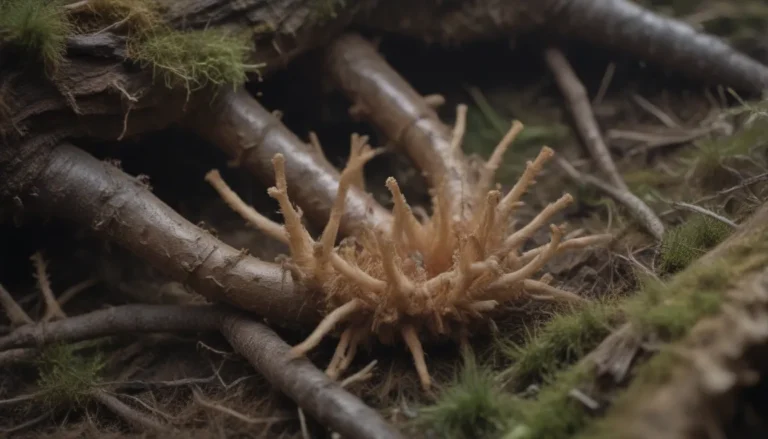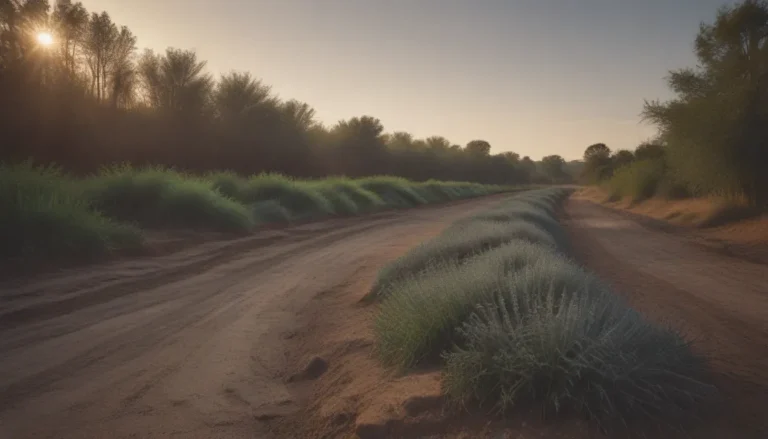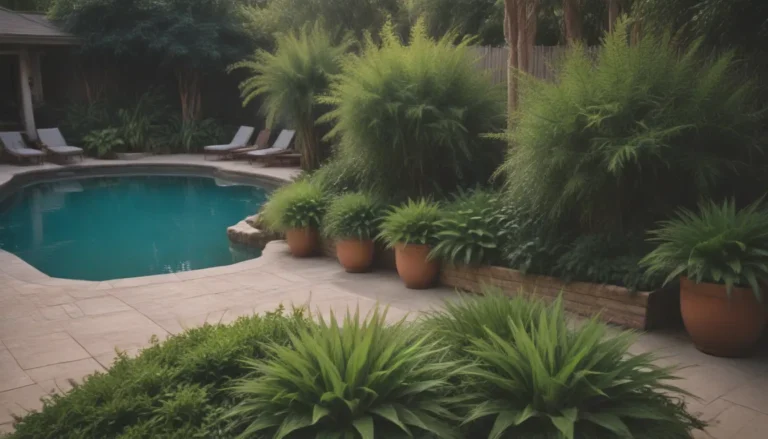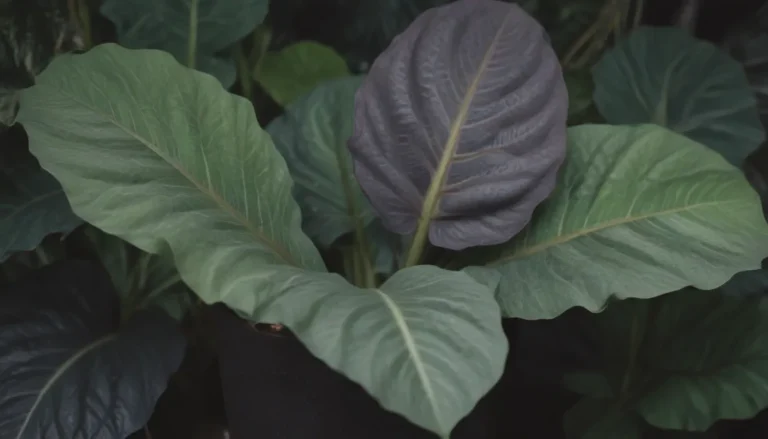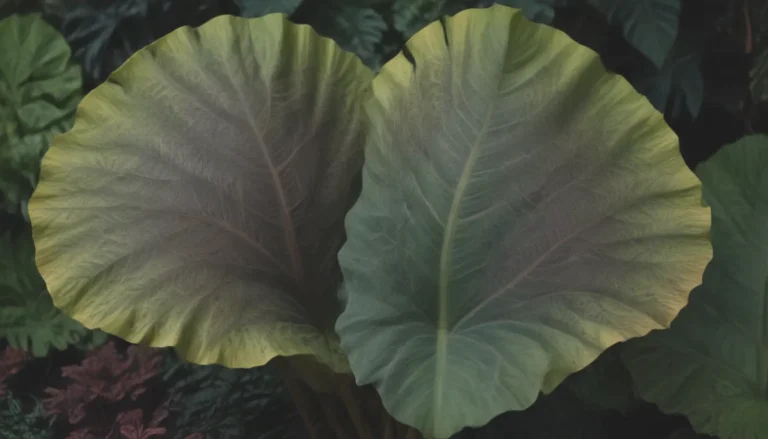Comprehensive Guide to Growing and Caring for Meadow Rue
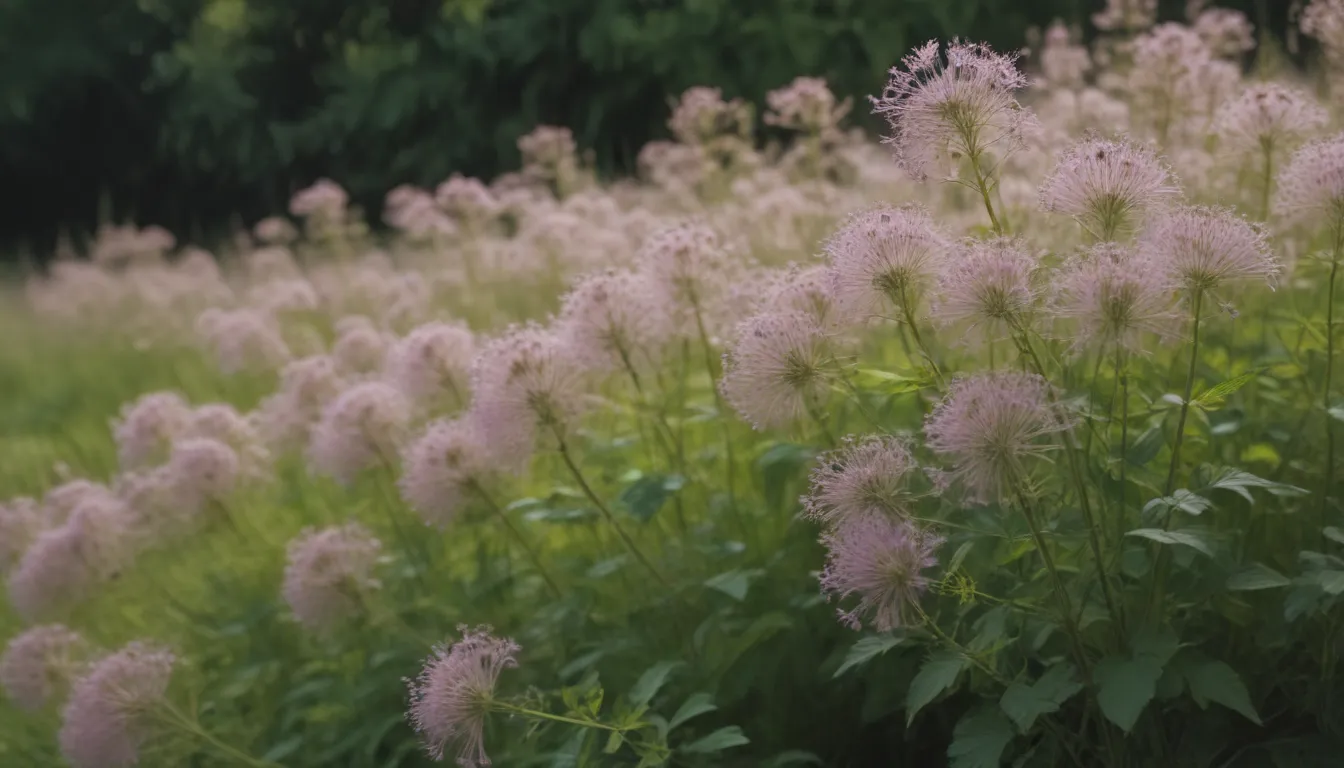
Are you looking to add a touch of delicate beauty to your garden with meadow rue plants? In this in-depth guide, we will explore everything you need to know to successfully grow and care for these lovely wildflowers. From light and soil requirements to propagation and common pests, we will cover it all. So grab your gardening gloves and let’s dive in!
Meadow Rue Care
Meadow rue is a relatively easy plant to grow as long as you meet a few care requirements. Let’s break down the key aspects of caring for these beautiful wildflowers:
Light
Sunlight requirements vary by species, but most types of meadow rue prefer part shade or dappled light conditions. Some species can tolerate full sun, while others thrive in nearly full shade. It’s essential to understand the light preferences of the specific species you are growing to ensure optimal growth.
Soil
Many species of meadow rue are native to moist woodlands and seasonal marshy areas, so they prefer rich, moisture-retentive soil. However, an average, medium-moisture, well-drained soil can also support healthy growth. Regular irrigation is essential to keep the plants happy and thriving.
Water
To keep meadow rue plants healthy, it’s crucial to keep the soil moist but not waterlogged. Overly wet conditions can lead to fungal problems, so it’s best to water consistently but avoid soggy soil. In well-draining garden soil, aim for about one inch of water per week. Plants grown in full sun may require more frequent watering.
Temperature and Humidity
Most species of meadow rue thrive in moderate climates, typically falling within USDA cold hardiness zones 4 to 7. Some species can tolerate colder climates down to zone 3 or warmer regions up to zone 9. Proper mulching can help protect the plants from extreme temperatures and provide additional insulation during winter.
Fertilizer
In nutrient-rich soils, meadow rue plants do not typically require additional feeding. However, if the soil is poor, a yearly application of balanced fertilizer may be beneficial. It’s essential to monitor the plant’s growth and adjust fertilization as needed to promote healthy development.
Types of Meadow Rue
When selecting a type of meadow rue for your garden, you’re primarily choosing among various species rather than named cultivars. While some cultivars may offer improved floral characteristics, many species are best sourced from specialty native plant nurseries or online retailers. Here are a few common species of meadow rue to consider:
- Low meadow rue (T. minus)
- Kyoshu meadow rue (T. kiusianum)
- Columbine meadow rue (T. aquilegifolium)
- Yellow meadow rue (T. flavum)
- Dusty meadow rue (T. speciosissimum)
- Lavender mist meadow rue (T. rochebrunianum)
When choosing a species, consider factors such as size, color, and bloom time to ensure it complements your garden design.
Pruning
After the blooming period, you can trim back meadow rue flower stems to maintain the plant’s appearance and allow the foliage to shine. Deadheading spent flowers may slightly extend the bloom period, but don’t expect continuous blooming throughout the season. If the plant begins to turn yellow due to summer heat, cutting it back to ground level can promote healthy regrowth in the following year.
Propagating Meadow Rue
Meadow rue can be propagated through division or seeds, though it’s essential to handle the plants with care, as they do not like to be moved frequently. If division is necessary, wait until the plant is well established before attempting to divide it. Here’s how you can propagate meadow rue:
- Division: Wait until the plant has matured (approximately five years) before dividing it to maintain plant health.
- Seeds: Meadow rue plants are easily grown from seed collected from flower heads. Direct sow the seeds in the desired location and allow time for germination and maturation.
How to Grow Meadow Rue From Seed
Growing meadow rue from seed can be a rewarding experience, though it requires patience due to the plant’s slow growth rate. Here are some tips for successfully growing meadow rue from seed:
- Collect seeds from flower heads for optimal germination rates
- Direct sow seeds in the garden and be prepared for a lengthy germination period
- Provide consistent moisture and well-draining soil for healthy seedling development
- Expect several years until the plants reach flowering maturity
Potting and Repotting Meadow Rue
While meadow rue is primarily grown in garden beds, it can also thrive in containers with proper care. When potting meadow rue, choose a large, well-draining pot filled with standard potting mix. Be mindful of watering frequency, as container-grown plants may require more water than those in the ground. Repotting every few years should be sufficient to keep container-grown plants healthy.
Overwintering
As winter approaches, cut back meadow rue foliage and flower stalks to ground level to prepare the plant for dormancy. In colder climates, a thick layer of winter mulch can help protect the plant from freeze-thaw cycles and ensure survival. Container-grown plants should be moved to sheltered locations during winter, as exposed roots are more susceptible to cold temperatures.
Common Pests and Plant Diseases
Meadow rue plants are relatively resistant to pests and diseases, making them low-maintenance additions to the garden. However, keep an eye out for common issues such as powdery mildew and rust, which can be prevented with proper air circulation and maintenance practices. Slugs and snails may occasionally feed on the foliage, but they are not typically a significant threat to the plant’s health.
How to Get Meadow Rue to Bloom
Encouraging meadow rue plants to bloom involves meeting their basic needs for light, water, and soil quality. Here are some tips for promoting healthy blooms:
- Provide consistent moisture and partial shade
- Feed modestly with organic fertilizer to support blooming
- Deadhead spent flowers to redirect energy into new blooms
- Trim back foliage as the blooming period ends
Common Problems with Meadow Rue
While meadow rue plants are relatively robust, they may experience occasional issues such as leaning stems or overcrowding. To address these problems, consider staking taller varieties or planting in groups to provide natural support. Proper spacing and maintenance practices can help prevent common issues and ensure healthy growth.
In conclusion, meadow rue plants offer a unique combination of beauty and resilience, making them versatile additions to any garden. By understanding the care requirements and growth habits of these wildflowers, you can create a stunning display that thrives year after year. Whether you’re a seasoned gardener or a beginner, meadow rue is a rewarding plant to cultivate and enjoy in your outdoor space.
Remember to source plants from reputable nurseries and follow best practices for planting, watering, and maintenance to ensure the success of your meadow rue garden. With a little time and attention, you can enjoy the delightful blooms and foliage of these enchanting wildflowers season after season. Happy gardening!
